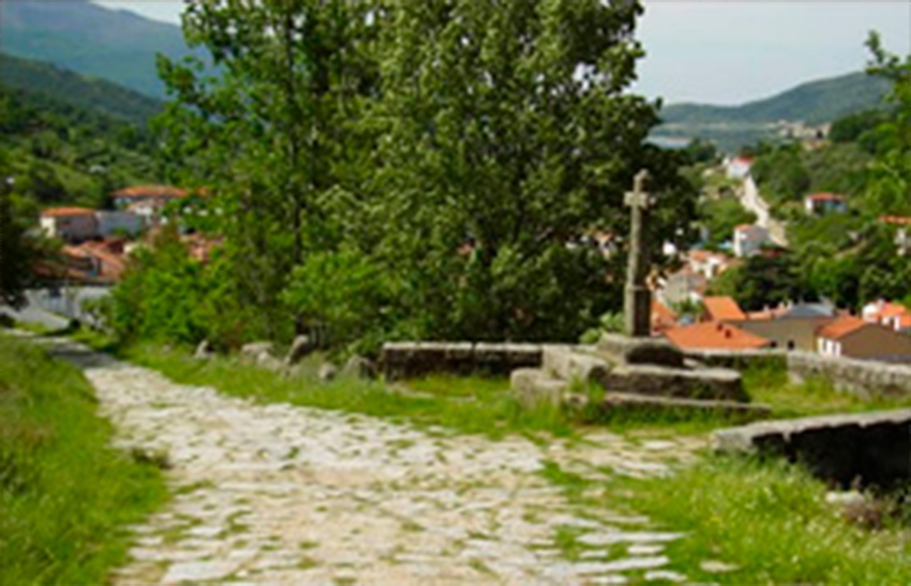Roman road
Arqueología

The Roman road forms part of the old Vía de la Plata, a route from Emérita Augusta (Mérida) to Astúrica Augusta (Astorga).
The route went through Baños de Montemayor and two sections are preserved in the northern and southern accesses to the town.
In the Middle Ages it was a route for pilgrimages, as it formed part of the Southern St James Way. This use has once again become popular, as demonstrated by the thousands of pilgrims who follow it each year.
It was also a route for transhumance as much of it was followed by the Vizana livestock track.
Drains and bridges such as the ‘Cubo’ Bridge are associated with the Roman road.
It is followed every day by the pilgrims on their way to Santiago de Compostela along the Southern or Mozarabic Way.
